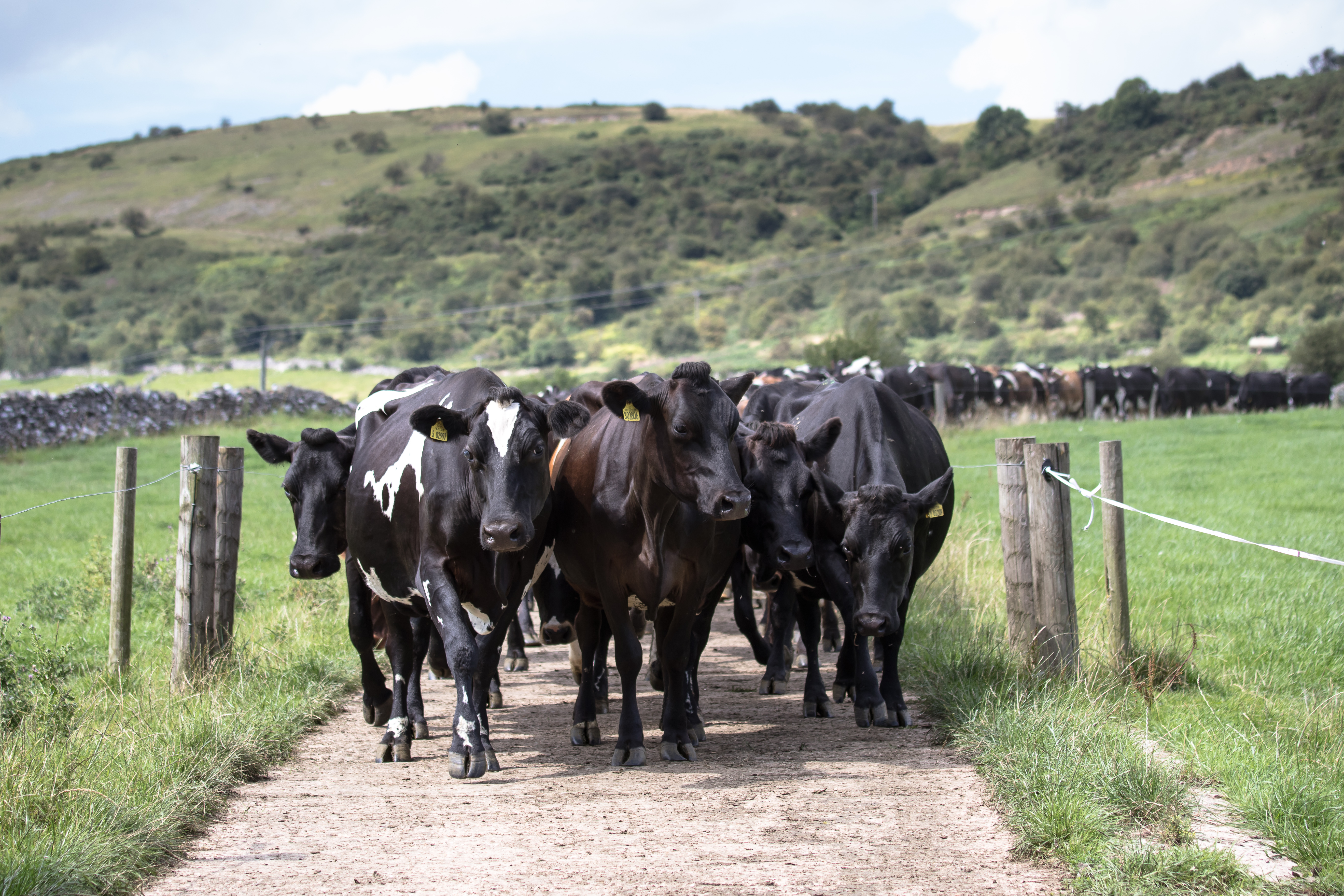Getting grazing right should be seen as an investment
Friday, 5 June 2020
Learning how to grow and use grass efficiently requires investment in the right infrastructure to make rotational grazing work, save money and simplify the workload. However, for those who are still building up their grazing knowledge, it’s important to realise that continued investment is needed to keep learning and fine-tune management decisions.
“If you can fully feed the cow cheaply, with grazed grass, you will save money. If you don’t match cow demand, then you won’t achieve their potential. Get specialist kit that’s quick and easy to use – and use it right,” says consultant Ian Browne of The Farm Consultancy Group.
While a partial budget will establish the financial return on investment, Ian says there are other things to consider, including time savings and supplying the right equipment for staff to do a job well. Improvements in lifestyle, animal welfare and staff motivation are all-important, so return on investment will be very herd-specific. He also points out that the type of specialist technical kit required changes as people become more experienced.
Starting out simply requires a plate meter to measure and speed reels and stakes for subdividing fields; spring gates create multiple entrances, but the next essential step, is to map the farm properly. “Put in the main arteries: fencing, water and tracks. You can now use phone apps, BPS maps, or a specialist service to map and design the grazing platform and produce a shopping list of what to order,” he says.
When the physical layout has been set, a good computer program to analyse data (together with a better understanding of grass growth and feed budgeting) is essential. “You must be able to work out the area to feed cows properly and analyse data to work out which are the best performing paddocks and which need a reseed,” says Ian.
“Back in the 1960s, paddock grazing meant going from paddock 1 to 21 and back again. Today, experienced managers can graze paddocks in the right order and subdivide them to work on an infinitely variable number, with more flexible gateways. With experience, it also becomes more about checking residuals: if cows leave too much, how many can you send back in to finish it off?”
As profitable businesses grow, they start to upgrade their infrastructure as new options appear on the market. For example, installing a ring main will ensure equal water pressure at the end of the line and that troughs have a good refill rate; re-introducing parlour feeding, but with simple, flat-rate dispensers, helps manage grass growth in late summer; and auto-ID and segregation gates can be used in split-block herds to run cows as one, while buffer feeding autumn calvers.
Future investments, says Ian, lie with metered water and mineralisation systems, timed-release gates (allowing cows to wander to the collecting yard in their own time) and a switch to more sophisticated ways of measuring grass, including trailed grass measuring and radar, to drones and satellites.

Topics:
Sectors:
Tags:

